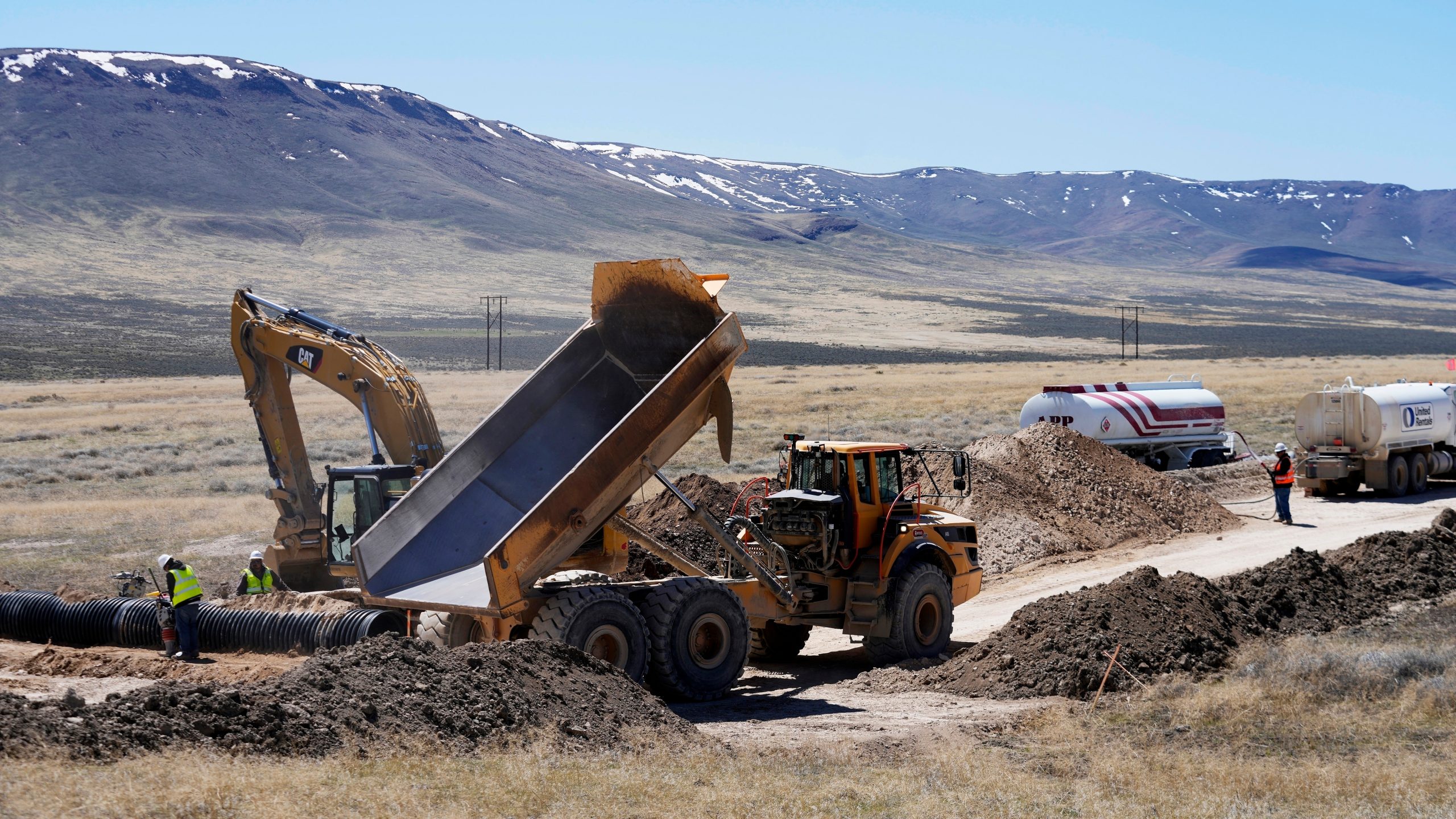UNESCO ADDS 26 NEW BIOSPHERE RESERVES AS CLIMATE STRAINS ECOSYSTEMS

New sites and why they matter
UNESCO designated 26 new biosphere reserves across 21 countries, expanding a global network that balances conservation with local livelihoods. Standouts include Indonesia’s Raja Ampat, one of the planet’s richest coral regions; Iceland’s Snæfellsnes, spanning lava fields to coastal habitats; and Angola’s Quiçama, a refuge for elephants and sea turtles. The program links scientists, communities and governments to protect biodiversity while supporting sustainable jobs in tourism, fisheries and forestry. The list now covers 785 sites in 142 countries.
Threats, funding and community roles
UNESCO warned that most reserves face mounting climate pressure, from extreme weather to rising seas. Managers are scaling reef restoration, mangrove recovery and wildlife corridors, often with satellite monitoring to target hotspots. The model hinges on local stewardship: water access, eco-tourism revenue sharing, and training for rangers and guides. Conservationists say stable finance is the missing piece; without it, gains can reverse under deforestation or illegal fishing.
















